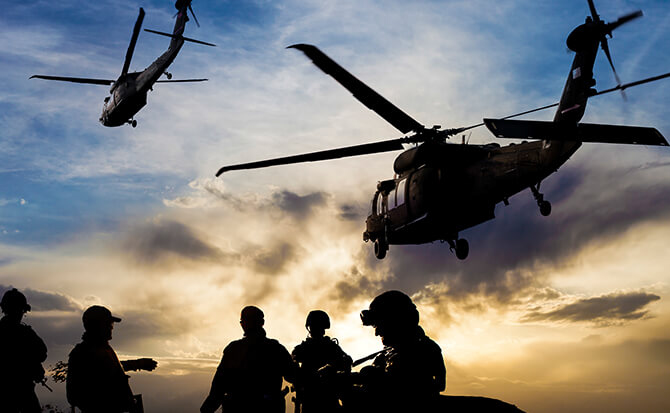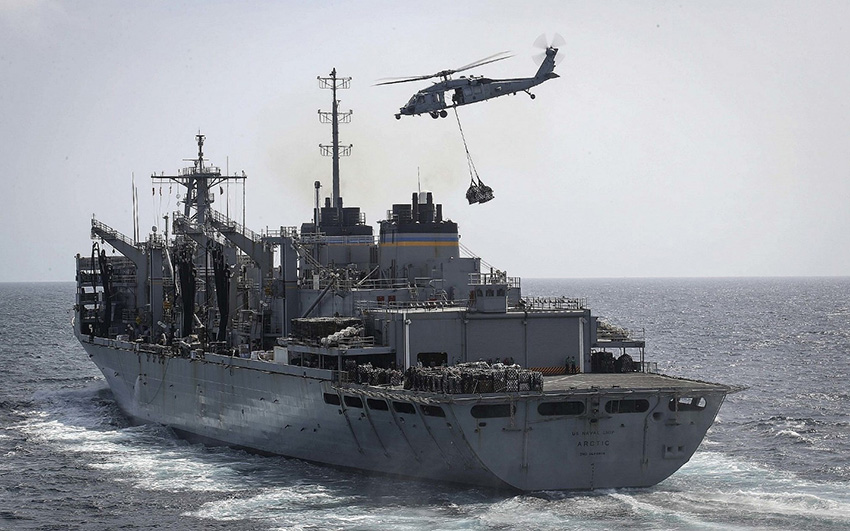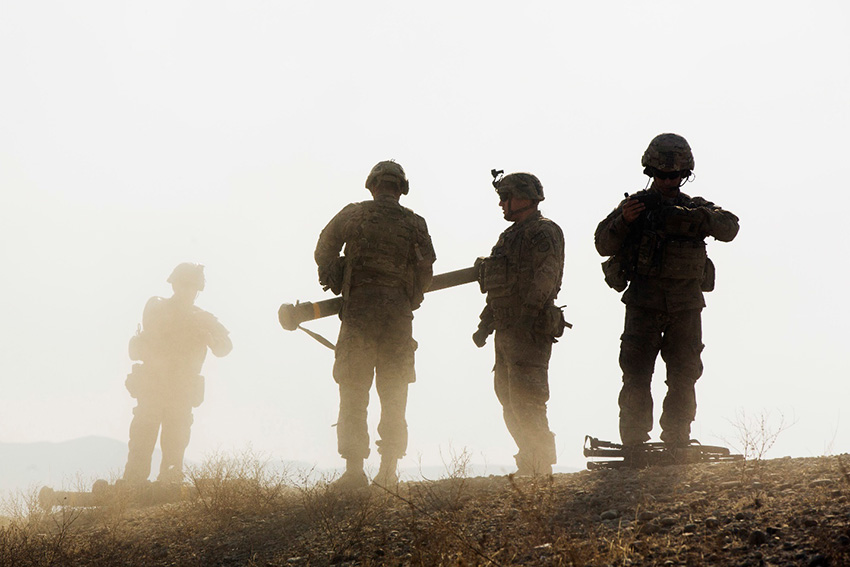World faces a “dangerous decade” as instability and military spending rise-Report
By R. Anil Kumar
-
The world has entered an era of increasing instability as countries around the globe boost military spending in response to Russia’s invasion of Ukraine, the Hamas attack on Israel and China’s growing assertiveness in the South China Sea
-
Global defence spending on everything from ammunition to nuclear weapons has jumped 9% to a record $2.2trn (£1.7trn) from a year earlier and will rise again in 2024 as the world enters “a more dangerous period”, new analysis has found
-
United Nations Secretary-General Antonio Guterres blasted countries and accused them of buying weapons at the cost of policies to tackle global warming and hunger
UNITED NATIONS, February 15. It is distressing to see governments spending heavily on arms, while starving budgets for food security, climate action, and broader sustainable development,” said UNSG Antonio Guterres.

The UN chief also warned that without action “the situation will deteriorate” as conflicts around the world are “multiplying”,he added.
Meanwhile, a report by the International Institute for Strategic Studies (IISS) highlighted that countries spent a record amount on defence last year and attributed it to heightened geopolitical tensions. It also noted that expenditure on defence across the world will rise further in 2024.
“The current military-security situation heralds what is likely to be a more dangerous decade, characterised by the brazen application by some of military power to pursue claims – evoking a ‘might is right’ approach – as well as the desire among like-minded democracies for stronger bilateral and multilateral defence ties in response,’’ the report said.
In 2023, global defence spending rose nine per cent to $2.2 trillion, according to the report, with the Russian invasion of Ukraine entering its third year and amid concerns that China and other militarily powerful states may try to impose their will on neighbouring countries.

The expenditure is expected to rise in 2024, said the IISS, amid international uncertainty as the situation in the Middle East deteriorates in the wake of the Israel-Hamas war in Gaza.
The conflict seems to be spreading as Iranian-backed militant groups including Yemen-based Houthis and Lebanon-based Hezbollah have entered the fray and the United States launching retaliatory attacks against the forces in the region.
The report also highlighted rising tensions in the Arctic, North Korea’s missile tests and pursuit of nuclear weapons, and the rise of military regimes in the Sahel region of Africa as contributors to a “deteriorating security environment.”
Lessons learned from the war in Ukraine are starting to influence military planning in other countries, the IISS said. In particular, many countries have recognized that they need to increase production of military hardware and build up bigger stockpiles of materiel in case they are forced to fight a protracted war.

“A just-in-time mindset that has persisted for almost three decades is giving way to a just-in-case approach, though delivering on these ambitions is challenging,” the report said.
The report by the London-based think tank is an annual estimate of the global military situation for 65 years. The near two-digit hike in the spending on arms reflects a “deteriorating security landscape,” said Bastian Giegerich, the IISS director general.
Notably, the increase is even steeper among NATO countries which have supported Ukraine amid fears of further Russian incursions into Europe.
According to the report, major non-NATO allies have boosted military spending by 32 per cent since Russia annexed Ukraine’s Crimean peninsula in 2014.
Military Spending by Countries
Military spending is a significant part of many countries’ budgets and differs from nation to nation. The United States has the largest military budget, spending $876.9 billion. The next largest military spender is China, which spends $292 billion. Russia follows China with a military budget of $86.4 billion, and India and Saudi Arabia round out the top five with budgets of $81.4 billion and $75 billion, respectively.
It is interesting to note that the top five countries alone account for almost 60% of global military spending and that the United States spends more on its military than the next 11 countries combined. Additionally, the United States has increased its military spending in recent years, while China has been increasing its spending for the last decade, and other countries, such as Germany and Canada, have recently increased their spending in response to global events. On the other hand, some countries, such as Japan, have reduced their military spending in recent years. Overall, military spending remains a significant aspect of many countries’ budgets, and the allocation of those funds can often be a reflection of the country’s priorities and global political relationships.





